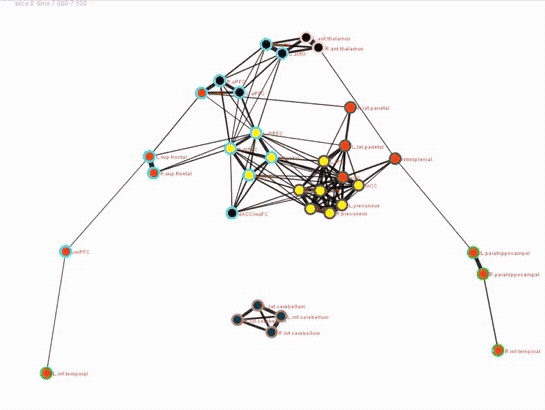Gene Networks Illuminate Brain Architecture and Glioma Health Insights

In an illuminating Genomic Press interview published on July 8, 2025, in *Brain Medicine*, Dr. Michael C. Oldham, a prominent computational neuroscientist at the University of California, San Francisco (UCSF), sheds light on his transformative work in understanding brain architecture and its implications for glioma treatment. Dr. Oldham's journey from an advertising executive to a leading figure in neuroscience exemplifies the interdisciplinary nature of contemporary scientific research.
Dr. Oldham, who earned his PhD at UCLA, initially ventured into neuroscience driven by an interest in the genetic changes that distinguish human brains from those of other primates. According to Dr. Oldham, "The genetic changes that gave rise to the modern human brain were the catalyst for life as we know it." His research has significantly advanced the field through the development of Weighted Gene Coexpression Network Analysis (WGCNA), a technique that identifies patterns of gene activity across different biological systems.
The application of WGCNA has been groundbreaking, particularly in the study of gliomas, which are among the most heterogeneous and aggressive types of brain tumors. In his current role at UCSF's Department of Neurological Surgery and Brain Tumor Center, Dr. Oldham leads a team that has analyzed gene activity patterns from over 17,000 brain samples, including 10,000 normal samples and 7,000 glioma samples. This extensive research effort has led to the creation of a platform called OMICON, which provides researchers worldwide with access to detailed gene coexpression data and insights into brain function and dysfunction.
Dr. Oldham's work has identified specific molecular signatures within glioma microenvironments, particularly concerning vascular cells and neurons. These findings offer promising avenues for the development of novel biomarkers and targeted treatments for glioma patients. For instance, identifying cell-surface markers of glioma vasculature could enable targeted therapies delivered via the bloodstream.
Beyond his research on gliomas, Dr. Oldham has addressed the broader reproducibility crisis in science. He is actively involved in initiatives aimed at standardizing research data and metadata at UCSF, believing that improved data practices are essential for fostering reproducible science and enhancing collaboration across disciplines. Dr. Oldham emphasizes the importance of transitioning from descriptive to predictive analyses in neuroscience, stating, "There is a big difference between describing what you think a dataset means versus predicting what you will see in the next dataset."
Dr. Oldham’s interview is part of the *Innovators & Ideas* series by Genomic Press, which highlights the contributions of scientists like him who are shaping the future of neuroscience. His insights not only reflect substantial advancements in the understanding of brain health and disease but also underscore the importance of interdisciplinary collaboration in addressing complex medical challenges. To read the full interview, visit the Genomic Press website or access the publication freely available in *Brain Medicine* at https://doi.org/10.61373/bm025k.0080.
Advertisement
Tags
Advertisement





